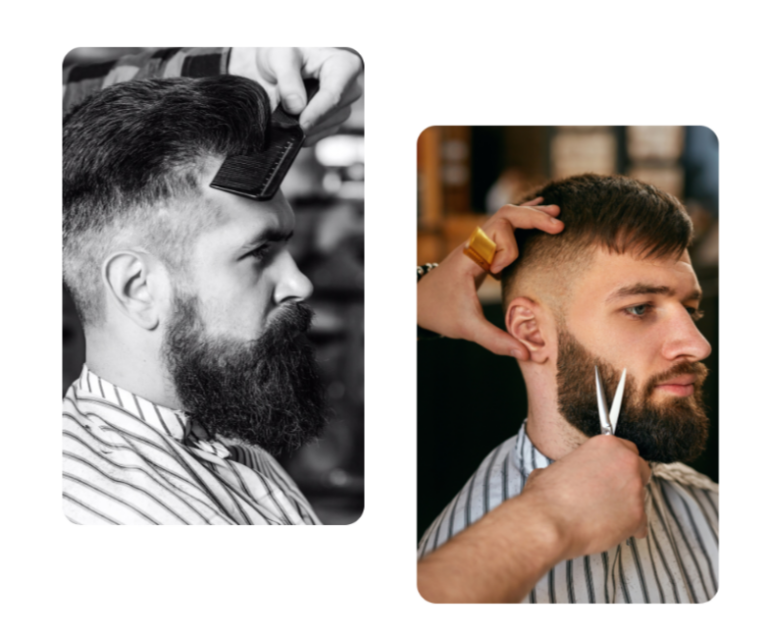Medical scrubs have long been the uniform of choice for healthcare professionals, but they’re more than just clothing. They’re a symbol of the medical field and a vital component of a healthcare worker’s day-to-day life. In this comprehensive guide, we will explore the world of medical scrubs, covering their history, functionality, evolving styles, and how to choose the perfect scrubs for your needs.
A Historical Perspective
Medical scrubs have a fascinating history that dates back to the mid-20th century. Before the adoption of scrubs, healthcare professionals often wore their everyday clothing, which posed significant problems. This practice risked the spread of infections and made cleaning and maintaining clothing a challenge.
In the early 20th century, the need for aseptic techniques in healthcare led to the use of white uniforms for doctors and nurses. These were meant to signify cleanliness but had drawbacks. White attire showed stains easily and was visually fatiguing.
The concept of medical scrubs as we know them emerged in the 1940s. These simple, one-piece garments were designed to promote cleanliness, reduce cross-contamination, and provide comfort. Their practicality made them an instant hit among healthcare professionals.
The Functionality of Medical Scrubs
Medical scrubs serve several vital functions:
- Infection Control: Scrubs are designed to minimize the risk of infections spreading. They can endure high-temperature washing and are easy to sterilize.
- Comfort: Healthcare professionals work long and demanding hours. Scrubs are designed to be comfortable, loose-fitting, and made from breathable materials that allow for freedom of movement.
- Identification: Scrubs help identify roles within a healthcare facility. Different colors, patterns, or department-specific designs distinguish nurses from doctors, and surgical staff from non-surgical staff.
- Practicality: Scrubs typically feature multiple pockets for carrying essential tools, notepads, and other equipment, contributing to efficiency in a medical setting.
The Evolution of Scrub Styles
In recent years, medical scrubs have evolved to incorporate style alongside function:
- Colors and Patterns: Scrubs now come in a wide range of colors, allowing healthcare professionals to express themselves while adhering to their facility’s guidelines. Color-coding can also help with role identification.
- Tailored Fit: Modern scrubs offer various cuts to accommodate different body types and preferences, including form-fitting options for those seeking a more stylish appearance while maintaining functionality.
- Printed Scrubs: Fun and colorful patterns, from florals to seasonal designs, have become popular. These patterns add personality and vibrancy to clinical environments.
Choosing the Right Medical Scrubs
Selecting the right scrubs involves considering several factors:
- Hospital Guidelines: Ensure you are familiar with your hospital or facility’s dress code and any specific requirements for colors or styles.
- Comfort and Fit: Choose scrubs that provide comfort and freedom of movement. Different brands and cuts may fit differently, so try on several options to find what suits you best.
- Material: Opt for breathable and durable materials that are easy to clean, such as cotton, polyester, or blends of both.
- Pockets and Features: Consider the number and placement of pockets based on your job requirements.
- Style and Expression: While following facility guidelines, use color and pattern choices to express your personality within the constraints of a clinical setting.
In conclusion, medical scrubs have come a long way from their plain and utilitarian origins. They now offer a balance of functionality, fashion, and comfort, allowing healthcare professionals to perform their duties with confidence and style. The world of medical scrubs continues to evolve, providing professionals with more choices and a greater sense of individuality in an otherwise sterile environment.





